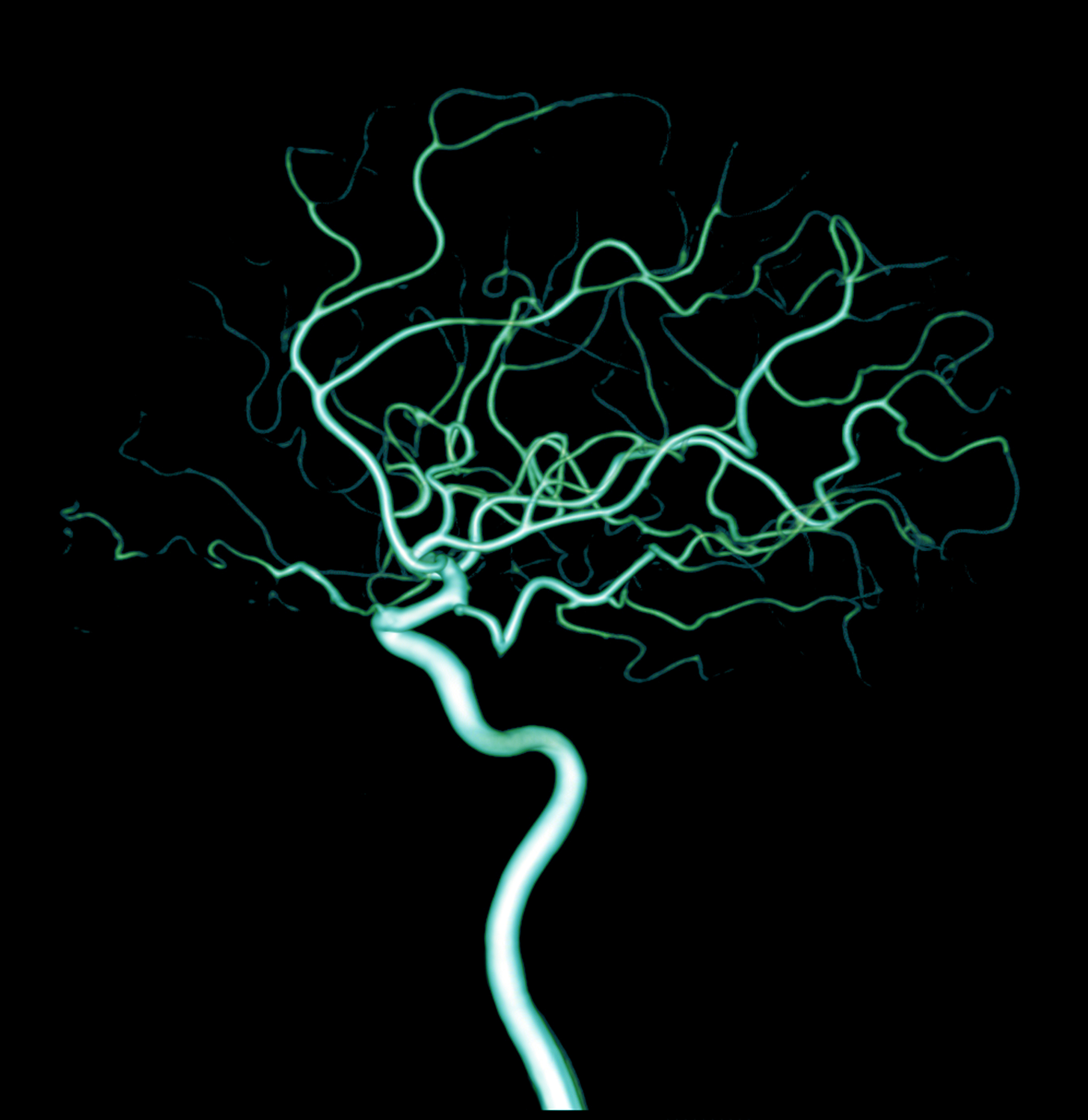2 Distinct Types of Parkinson’s May Exist Based on Nervous System Origin of Disease, Study Suggests

Parkinson’s disease may be classified by into two distinct subtypes based on where in the nervous system the disease starts, a study proposes. Its findings could have major implications for the development of new treatments.
The paper, “Brain-First versus Gut-First Parkinson’s Disease: A Hypothesis,” was published in the Journal of Parkinson’s Disease.
The nervous system can be divided, broadly, into two parts: the central nervous system (CNS), which contains the brain and spinal cord, and the peripheral nervous system (PNS), which covers everything else.
Although Parkinson’s disease (PD) is generally thought of as a disorder of the brain, a paper published in 2003 suggested it actually starts in the PNS — specifically, in the nerves in and around the gut and the nose — and then spreads to the brain.
Researchers here reviewed a plethora of available evidence — including data from humans and from animal models — and proposed that this PNS-first model may indeed be correct, but only some of the time. In other cases, Parkinson’s might actually start in the CNS.
“The discussion about the origins of PD is often framed as an ‘either-or’, i.e., either all PD cases start in the gut or all cases start in the brain. However, much of the evidence seems compatible with both these interpretations. Thus, we need to entertain the possibility that both scenarios are actually true,” Nathalie Van Den Berge, MSc, PhD, a postdoc at Aarhus University in Denmark and a study co-author, said in a press release.
While some post-mortem studies of brain tissue from Parkinson’s patients suggest the disease starts in PNS of the gut and nose before spreading “via the nerves into the brain,” others do not agree.
“In some cases, the brains do not contain pathology at the important ‘entry points’ into the brain, such as the dorsal vagus nucleus at the bottom of the brainstem. The gut-first versus brain-first hypothesis posited in this review provides a scenario that can reconcile these discrepant findings … into one single coherent theory about the origins of PD,” Per Borghammer, MD, PhD, DMSc, also a study author and Aarhus professor, added.
The researchers particularly focused on one Parkinson’s symptom, REM [rapid eye movement] sleep behavior disorder (RBD), characterized by uncontrolled and violent arm and leg movements, and acting out dreams during sleep.
This often occurs in the early stages of PD, but not always. The researchers suggested that this may be because RBD is associated with Parkinson’s that originates in the PNS, but not with the disease that originates in the CNS.
Supporting this idea, they noted that previous imaging studies of Parkinson’s patients showed those with RBD had more evident PNS damage than those without RBD or whose RBD status was unknown. In contrast, in many people with RBD, the dopamine pathways in the brain that become dysregulated in PD appear within normal limits in the earliest stages.
“Put together, it appears that [alpha-synuclein] pathology in the PNS is more frequent in RBD-positive PD compared to RBD-negative cases,” the researchers wrote.
Regarding familial forms of Parkinson’s disease (those caused by specific mutations), the researchers believe that some mutations are mainly associated with a CNS-first hypothesis, such as those in the PARKIN, PARK7 or PINK1 genes, while others, such as those in the GBA and SNCA genes, are associated with a PNS-first hypothesis.
This hypothesis could have major implications for Parkinson’s studies and treatment.
“If the brain-first vs body-first hypothesis is correct, we need to intensify the research into understanding risk factors and triggering factors for these two subtypes,” Van Den Berge said.
Treatment could be tailored to a patient’s subtype, Borghammer added.
“It is probable that these different types of PD need different treatment strategies. It may be possible to prevent the ‘gut-first’ type of PD through interventions targeting the gut, such as probiotics, fecal transplants, and anti-inflammatory treatments,” Borghammer said. “However, these strategies might not work with respect to treating and preventing the brain-first type. Thus, a personalized treatment strategy will be required, and we need to be able to identify these subtypes of PD in the individual patient.”






